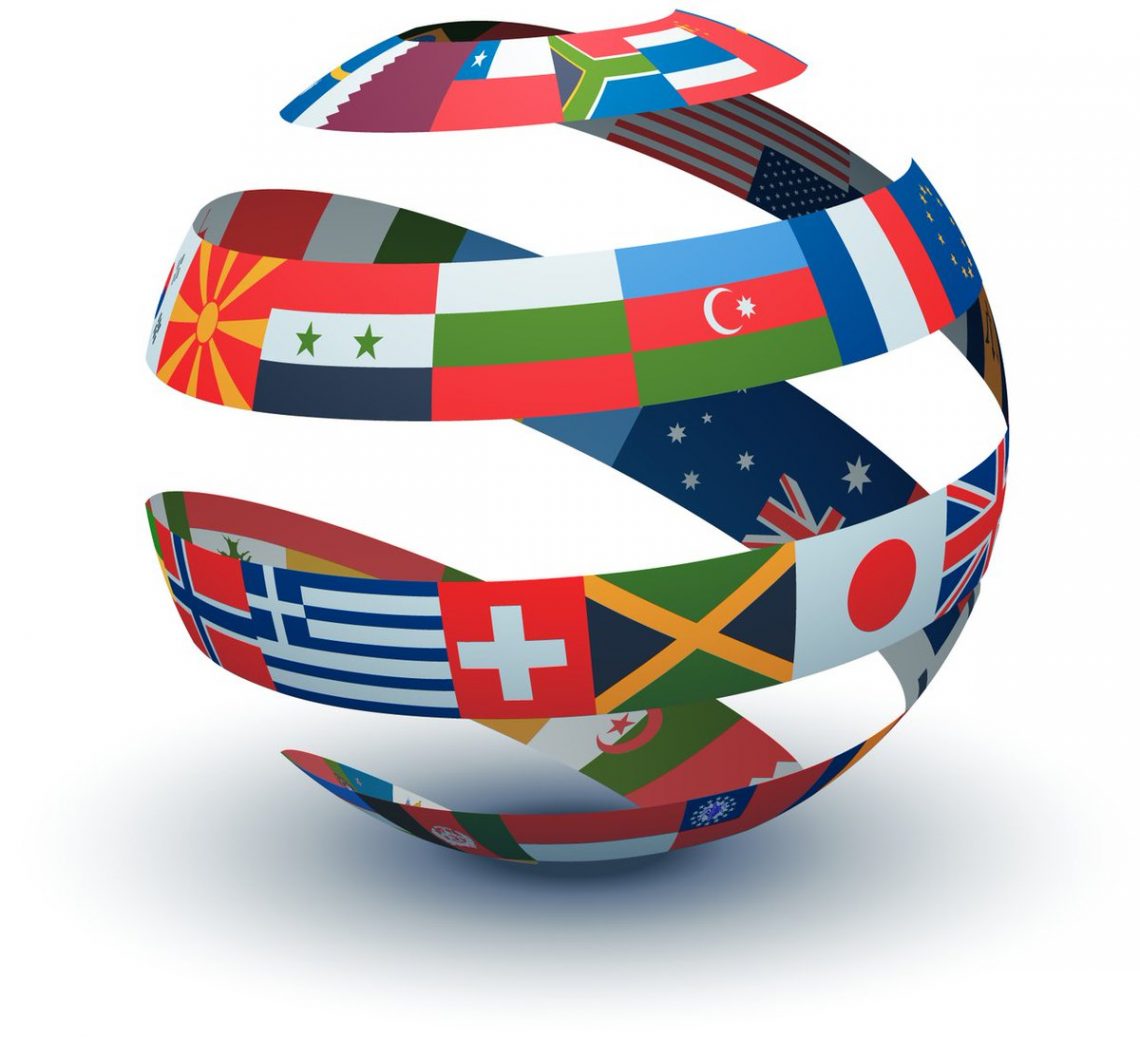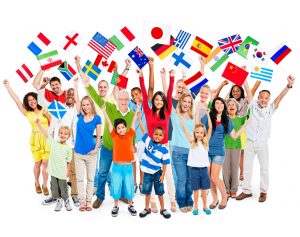
Difference between translation and localization for multilingual website projects
The terms website translation and website localization are often used so synonymously that you can often see market participants, and not only them, not see the difference between them – and do not even know that it exists. Since the terms and the processes themselves have common features, understanding the differences between them can not only enhance your knowledge of the field, it can also contribute to a more efficient and profitable globalization of your brand.
To understand this difference, let’s start with simple definitions:
Website translation is the process of changing the original language version of web content such as text, media files, e-books or applications (source) to another language (target) by simply replacing words from one language with words from another language.
Website localization is a more specialized process of adapting your web content and applications for regional – or local – consumption. It goes beyond simple translation and is about changing the source language and other elements of the website to adapt them to the cultural preferences of the consumer in their own language.
Overcoming language barriers or adapting and improving the message?
In the process of translation, problems of meaning and clarity often arise if the source language is translated primitively, literally, as in the case of machine translations, after which professional editing is not carried out. However, even if the original text of a website is translated by a highly skilled linguist, it may still lack certain cultural and technical subtleties necessary to have the desired effect on consumers in a particular region.
Indeed, the quality and effectiveness of a multilingual website does not depend solely on translation. To ensure the best customer experience, the world’s leading brands use a localization strategy that allows them to adapt the content of their websites and products to the regional specifics. So, if website translation is simply a means to overcome a language barrier, website localization aims to enhance your message and curate your brand to meet the cultural, functional and linguistic expectations of your global markets.
Respect for cultural and functional requirements
To compete successfully in the global marketplace, organizations must adapt – or localize – the website and digital media content to resonate with their international audiences.
Requirements may vary by region and industry, but they are typically broken down into two categories: cultural and functional.
Some examples of cultural content:
Colors, shapes, sizes, styles;
Images, icons, graphic data;
Social codes; for example: humor, etiquette, rituals, myths, symbols;
Social values, power, relationships, attitudes.
Some examples of functional content:
Date and time formats, phone numbers, contact information;
Indicators of weight, measurements, geographic coordinates;
Language and linguistic content; description of products, reviews.
Applying a local idea globally
Some localization experts not only tailor web content to national or regional market preferences, but they can also transcreate advertising and marketing texts to approximate cultural requirements – and avoid potentially embarrassing or demeaning messages.
One example of transcreation is Coca-Cola’s Share Cola campaign. Since its launch in Australia in 2011, in which one of 150 popular names was printed on the product label (as well as its advertisements), the campaign has become a huge advertising success. However, its implementation required changes in some countries.
In China, for example, nicknames were used instead of names (for example, “Classmate” and “Close friend”). This approach maintains the friendly nature of the campaign, but does not cross important cultural boundaries, while respecting the formal respect for names in the given culture.
Selection of translation and localization methods depending on the type of content
After all, website translation and localization also differs on a tactical level. While simple translation may be valid for some content types in specific markets, localization is most often required to adapt highly emotional, creative ad content to resonate with the population in a specific region.
Your website most likely contains several types of content, from advertising text to legal and technical information, and user-initiated forum content. In order to save money and time, it would be wise to apply the most appropriate translation and localization techniques to these types of content.
In general, the easiest way to choose the most appropriate methods is to consider the nature and focus of your audience and your content. Other parameters include scope, update frequency, project duration, and budgetary considerations. Depending on the capabilities of your translation service provider, there are several methods from which to choose. To make this decision, it is best to consult with an experienced vendor who provides a wide range of translation services.
You May Also Like

The Hybrid Tongues: Exploring Creole and Pidgin Languages
June 24, 2024
The psychology of language: why are some words more persuasive than others?
October 20, 2021

